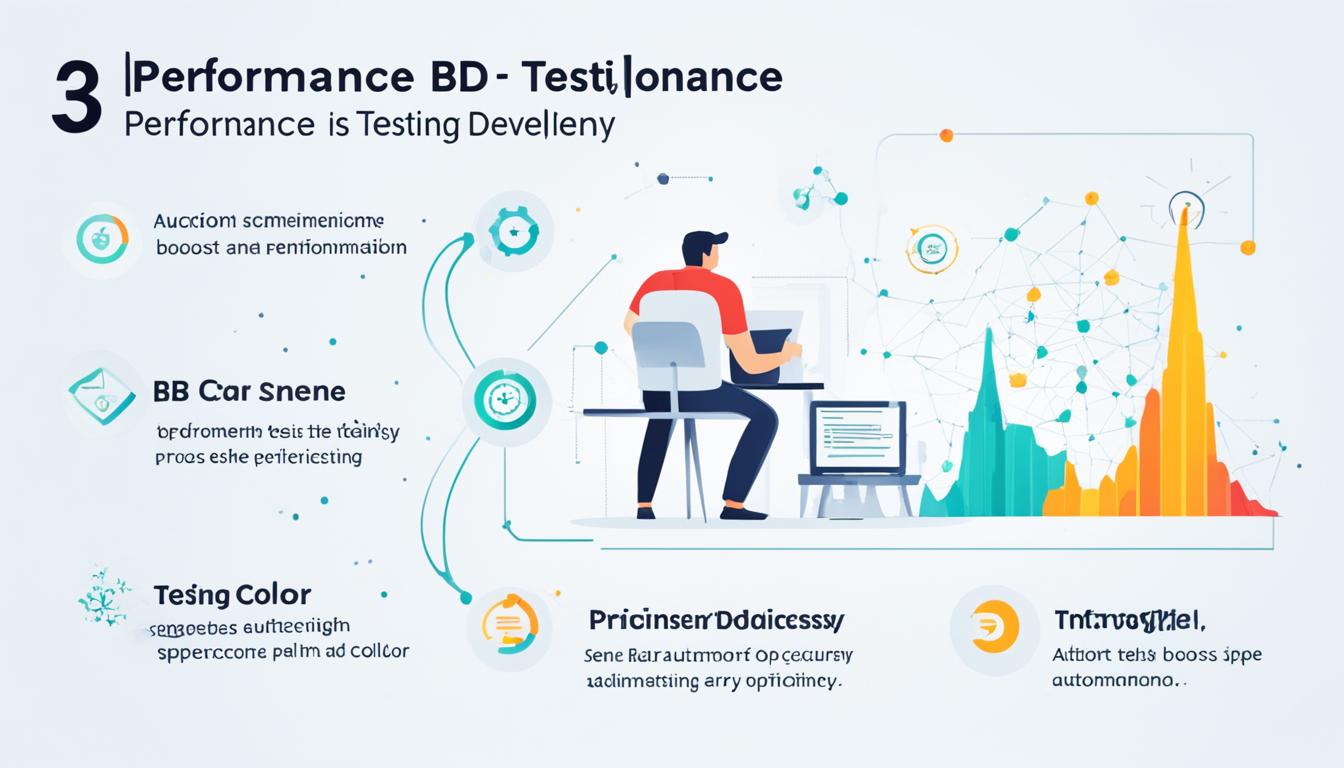Continuous testing in DevSecOps is vital because it integrates security into QA, helping you catch vulnerabilities early and keep quality high throughout development. By automating tests at every stage, you’ll get real-time feedback on code security and health. This approach minimizes risks, prevents security gaps, and guarantees new features don’t compromise existing ones. Keep exploring how these practices can strengthen your security approach and streamline your development process even further.
Key Takeaways
- Continuous testing integrates security checks early in development, enabling proactive vulnerability detection within QA processes.
- Automated feedback loops provide real-time insights, allowing quick remediation of security issues and code quality concerns.
- Shift-left practices embed security into CI/CD pipelines, ensuring vulnerabilities are addressed before deployment.
- Collaboration among development, QA, and security teams fosters a culture of shared responsibility for security assurance.
- Automated testing enhances compliance, risk mitigation, and overall system resilience by continuously validating security and quality metrics.

In DevSecOps, continuous testing plays a crucial role in ensuring security and quality throughout the software development lifecycle. As you integrate testing into every phase, you create a seamless flow that catches vulnerabilities early and reduces the chances of deploying flawed code. One of the most significant advantages of continuous testing is the automated feedback it provides. Instead of waiting for manual reviews or end-stage testing, automated feedback delivers real-time insights into code quality, security issues, and potential risks. This immediate response enables you to address problems quickly, preventing minor issues from escalating into major security breaches or costly bugs.
By automating testing processes, you also facilitate risk mitigation more effectively. Automated tests can run with each code change, ensuring that new features don’t introduce vulnerabilities or break existing functionality. This constant vigilance helps you identify security gaps early, so you can remediate them before they make it into production. As a result, you reduce the attack surface and bolster your system’s resilience. With automated feedback loops in place, your team gains confidence that security measures are integrated into the development pipeline, not bolted on as an afterthought. This proactive approach minimizes the likelihood of security incidents, saving time and resources in the long run.
Automated testing enhances risk mitigation by detecting security gaps early and integrating security into the development pipeline.
Furthermore, continuous testing encourages a shift-left mindset, meaning that testing and security considerations are embedded from the start. Instead of treating security as a separate, late-stage process, you make it an integral part of development and QA. Automated testing tools can simulate real-world attack scenarios, penetration tests, and vulnerability scans, all within your CI/CD pipeline. This allows you to detect and fix security flaws early, reducing the risk of a major breach after release. The ongoing feedback helps you prioritize fixes based on risk level, ensuring that the most critical vulnerabilities are addressed promptly.
Another key benefit is how continuous testing fosters collaboration across teams. Developers, security specialists, and QA professionals work together, leveraging automated tools to validate security and quality metrics continuously. This shared responsibility accelerates the development process and enhances overall product security. As you implement continuous testing, you’ll notice a cultural shift towards proactive risk management, where security becomes everyone’s concern. Incorporating cybersecurity considerations into the testing process further strengthens your defenses against threats like the recent Microsoft outage impact. Ultimately, this integrated approach streamlines compliance efforts, reduces downtime, and improves the overall robustness of your software, making continuous testing an indispensable element of successful DevSecOps practices.
Frequently Asked Questions
How Does Continuous Testing Impact Overall Development Cycle Times?
Continuous testing shortens your overall development cycle by providing rapid feedback loops, so issues get identified and fixed early. You leverage testing automation to run tests quickly and consistently, reducing manual effort and delays. This continuous process allows you to catch vulnerabilities and bugs sooner, streamlining releases and improving quality. As a result, your development cycle becomes more efficient, enabling faster delivery without compromising security or reliability.
What Tools Are Best Suited for Integrating Security Into Continuous Testing?
You’re playing with fire if you don’t choose the right tools. For integrating security into continuous testing, consider tools like Jenkins, GitLab CI, and CircleCI that support security automation and vulnerability scanning. These tools help catch vulnerabilities early, streamline security checks, and keep your pipeline secure. Automation minimizes manual effort, guarantees consistent security testing, and keeps your development cycle lean—giving you the edge to stay ahead of threats.
How Can Teams Ensure Compliance During Automated Security Testing?
You can guarantee compliance during automated security testing by regularly reviewing and updating your security policies to stay current with industry standards. Implement automated checks aligned with these policies and conduct frequent compliance audits to identify gaps. Training your team on compliance requirements also helps. By integrating these practices into your CI/CD pipeline, you make compliance an ongoing process, reducing risks and maintaining adherence to security standards effortlessly.
What Are Common Challenges Faced When Implementing Continuous Security Testing?
You might find that implementing continuous security testing is riddled with challenges—security automation hurdles, false positives, and lagging threat detection. These issues can slow down your workflow and introduce vulnerabilities. You need to streamline security processes, enhance automation, and improve threat detection speed. Staying vigilant and adaptable helps you overcome these obstacles, ensuring your security stays robust without sacrificing agility. The key is balancing speed with thoroughness in your testing efforts.
How Does Continuous Testing Improve Incident Response and Vulnerability Management?
Continuous testing speeds up your incident response and vulnerability management by enabling security automation and real-time threat detection. When you integrate automated tests, you identify vulnerabilities early, reducing response time. This proactive approach helps you detect threats faster, enabling quicker mitigation. As a result, your team can respond swiftly to incidents, minimize damage, and maintain a stronger security posture through continuous, automated security assessments.
Conclusion
By embracing continuous testing in DevSecOps, you’re gently guiding your development process toward greater resilience and efficiency. Merging security seamlessly into QA isn’t just a trend—it’s a strategic move that subtly enhances your overall workflow. As you fine-tune this approach, you’ll find vulnerabilities become less noticeable, and confidence in your releases grows. Keep nurturing this integration, and you’ll discover a smoother, more secure path forward, quietly elevating your software quality every step of the way.








